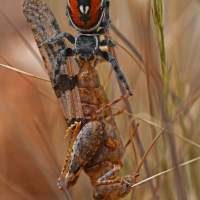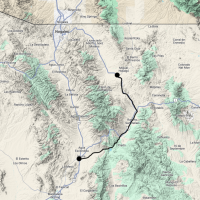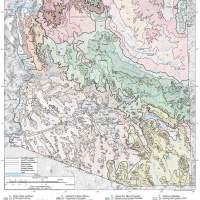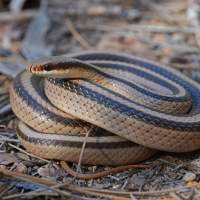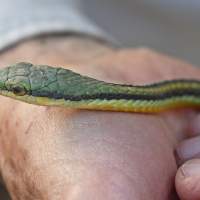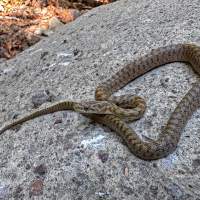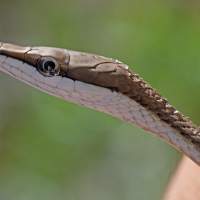This magnificent flora of the Sonoran Desert’s southern edge represents decades of meticulous work and the genius of Richard Felger (1934–2020) and his colleagues at their best. It is many things at once. A project of passion that was sparked by a trip in 1953 by an impressionable young scientist whose world was opened by canyons lined with palms, fig trees, agaves, and plants awaiting his description. The most thorough treatment of the plants of the southern half of the Sonoran Desert ever…
Residents of the Rio Cocospera river valley and the town of Imuris were shocked to learn of a huge project already under construction in late 2023. This project is a brand new railway segment from the Imuris area to Nogales, but further east than the current railway, cutting through the beautiful, biologically important, and little-disturbed Rio Cocospera drainage.
The project was so secretive that the public initially couldn't even find out who was responsible. After media…
Ecoregions denote areas of general similarity in ecosystems and in the type, quality, and quantity of environmental resources; they are designed to serve as a spatial framework for the research, assessment, management, and monitoring of ecosystems and ecosystem components. By recognizing the spatial differences in the capacities and potentials of ecosystems, ecoregions stratify the environment by its probable response to disturbance (Bryce and others, 1999). These general purpose regions are…
The Mammals of Rancho El Aribabi fills an important gap in the detailed knowledge of the diversity and abundance of the mammals in the Sky Island region of the U.S. and Mexico borderlands. The multiyear camera trapping effort captures a thorough inventory and baseline of this private protected area and conservation ranch in the heart of a migratory corridor that allows movement north and south in the high latitude portion of the Sierra Madre.
I have had the privilege to work with the…
Imagine that you are driving or biking into any one of a dozen small rural communities on either side of the US/Mexico border in the year 2040. You notice a beautiful building that appears as though it were made of locally sourced materials, situated in a shaded mesquite bosque that appears as though it is as meticulously managed as an orchard of high-quality fruit and nut crops.
In fact, these mesquites are being stewarded for their variety of appealing, sustainable, and saleable…

